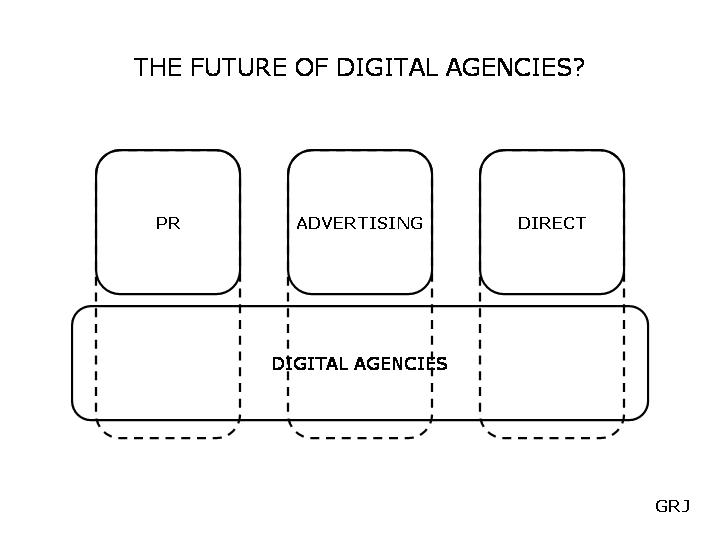 Danah Boyd
Danah Boyd from Berkely & Harvard is, as the Financial Times referred to her, “the high priestess of social networking”. She spoke at the
MoCollywood mobile conference that I was on a panel at, on social networks and the issues and opportunities around their adoption in mobile.
She started by clarifying Social Networking vs. A Social Network. Networking is meeting strangers whereas Network is about building existing relationships. Nice distinction.
Then she gave a explanation and history of social spaces.
Real life social spaces are social dip-sticks. They allow us to understand people. Looking at “publics” (parks, squares, gardens) and how people interact and communicate allows us to understand a society at large. Online spaces also allow us this insight.
Online social spaces moved from groups based around common interests on usenets like – “rec/pets/cats” for those who had a particular interest in cats – then on to groups centred on “me & my friends”. This gave friends has a new definition, they are not your nearest and dearest but friends allow you to build out your context – building out who you are. It turns out that 2/3 of people use comments pages not the email functionality. Part of this is for show, signalling that I know this person.
Offline you exist online you have to write yourself into being. Friends are a key part of that, as are the apps and brands that are part of your profile.
Social networks online are different to offline "publics" and throws up very different ways of behaving for individuals and brands: Persistence, Searchable, Replication, Invisible Audiences, Context are the 5 key areas that i really should cover in a separate post.
Danah then moved on the talk about the reasons why social will find translation to mobile difficult.
Fragmented conversationsMobile conversations are one to one, they are node to node vs internet social sites where they are more connected – on mobile other can’t see whole of conversation – making it lopsided.
Asynchronicity vs SynchronousAsynchronicity is the norm online but synchronicity is norm on mobile. Mobile is an immediate, push with an expectation of immediate response, it is more intrusive but internet social sites allow the receiver to decide when to read and respond.
StandardisationBrowsers largely present the same experience and functionality – mobile has different handsets and platforms and pricing plans which mean you can never assume your receiver can actually do what you do. Standardization is therefore a big barrier
AnononymityA mobile user is very identifiable vs the often anonymous web potentially hindering social spread.
Her key point was that you can't translate internet into mobile, they have different structures and ways of working and in the current structure.
This final point I agree with but "mobile and social not suited" I beg to differ...
As more devices have the ability to browse the internet the experience will become more and more consistent, in fact much of it is already bar the size of your screen. As brands develop mobile versions of their other social offering - mfacebook & mtwitter or bloger & sony mobile - they will compliment and enhance not replace their web offering. Adding mobility and geolocation to comments and posts is a huge opportunity.
Mobile can and should be very much be at the heart of social networks.
Tags:
danah boyd giles rhys jones mobile social networking mobile social networking interactive marketing
 A great Christmas present from Ben, Toby & the boys at Moving Brands.
A great Christmas present from Ben, Toby & the boys at Moving Brands. We stored everything sent to the window in a gallery, and the full sequence has been used to create this scarf.
We stored everything sent to the window in a gallery, and the full sequence has been used to create this scarf. Stan Rapp, the DM poster boy, has partnered with a private equity firm to build an agency; the stupidly named Engauge — spelled that way to underline its intent to provide marketers with tangible results from campaigns.
Stan Rapp, the DM poster boy, has partnered with a private equity firm to build an agency; the stupidly named Engauge — spelled that way to underline its intent to provide marketers with tangible results from campaigns.

 A nice idea from the
A nice idea from the 






